If you’re heading to the Big Island of Hawai’i, you’ll want to add the Hawai’i Volcanoes National Park to your travel itinerary. There are plenty of things to do at Hawai’i Volcanoes National Park, so you’ll want to budget for at least one day there, if not a few. Though it wouldn’t be hard to spend your whole vacation exploring the volcanoes, hiking trails, lava tubes and more, I’ve created a list of my favorite things to do at Hawai’i Volcanoes National Park.
1. Mauna Loa Summit Trail Hike

If you are unfamiliar with Hawai’i’s geography, you might be wondering how many volcanoes are on the island. The Big Island is made up of 5 separate volcanoes: Kohala, Mauna Kea, Hualālai, Mauna Loa and Kilauea. Two of these volcanoes are found within the bounds of the Hawai’i Volcanoes National Park: Mauna Loa and Kilauea.
Mauna Loa is the largest volcano on Earth in terms of volume and area covered. It is also very impressive in its height. If measured from sea level to peak, this volcano reaches a height of 13,796ft — that’s almost as tall as the highest peaks in the Rocky Mountains. But that’s not even the most impressive part. Mauna Loa actually touches the seafloor, so if measured from its base to its peak, this volcano measures in at 33,500ft. That’s taller than Mt. Everest, the tallest mountain on Earth!
Sounds a little intimidating to tell you all that and then say, go hike it, right? Well, you can make this hike as easy or as difficult as you’d like and it doesn’t require park admission. Although it is technically part of the park, the trailhead for the Mauna Loa Summit Trail begins at the end of a road that doesn’t go through the entrance gate.
If you’d like to read more about this hike, check out my full blog post on the experience!
2. Kīlauea Iki Crater Hike
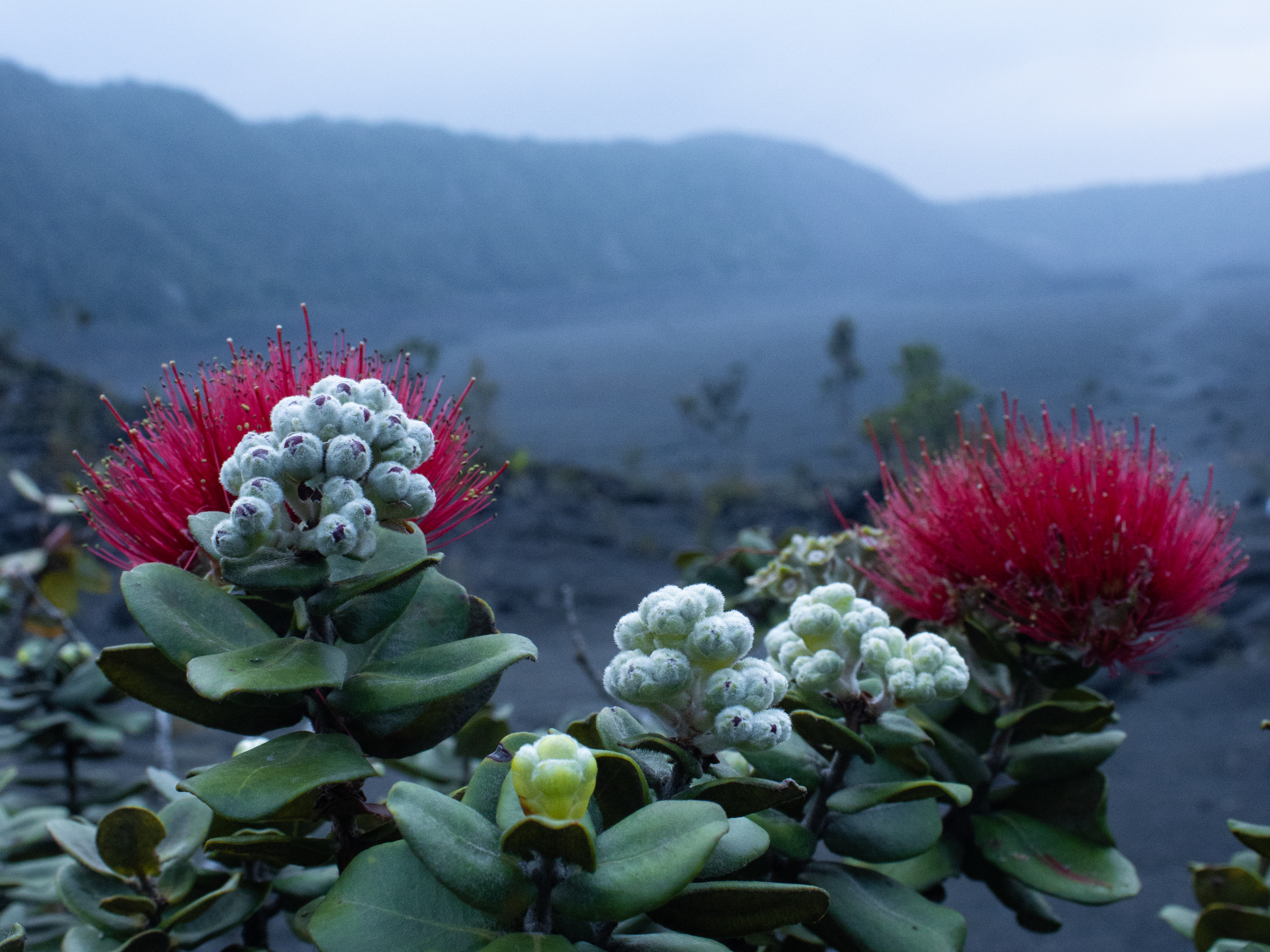
What once was a lake of boiling lava now boasts one of the most stunning hiking trails I’ve ever experienced. We began this hike later in the evening, so by the time we were halfway through, the fog had settled in and we were walking through a fantastical landscape. The fog eliminated any distraction by the crater’s green rim, and instead directed our focus to the devastation and rebirth across the crater floor. A cracked bed of volcanic rock presents an opportunity for hardy vegetation to take root. Species such as ʻōhelo and ʻōhiʻa lehua decorate the black volcanic floor with their enticing pink and orange flowers — a visual metaphor of how life prevails against all odds.
This trail is the first place I’d head to on a return trip to the national park, and I highly recommend this easy hike to any able-bodied visitor. The trail begins with some easy switchbacks down into the crater, but once in the crater, it is a flat straight shot to the other end of the crater. You may find yourself instinctively crawling up a few rocks here and there, but nothing strenuous. At the end of your hike, you’ll have an easy but steep climb back out and then you’ll follow the trail along the rim of the crater.
3. Halemaʻumaʻu Trail
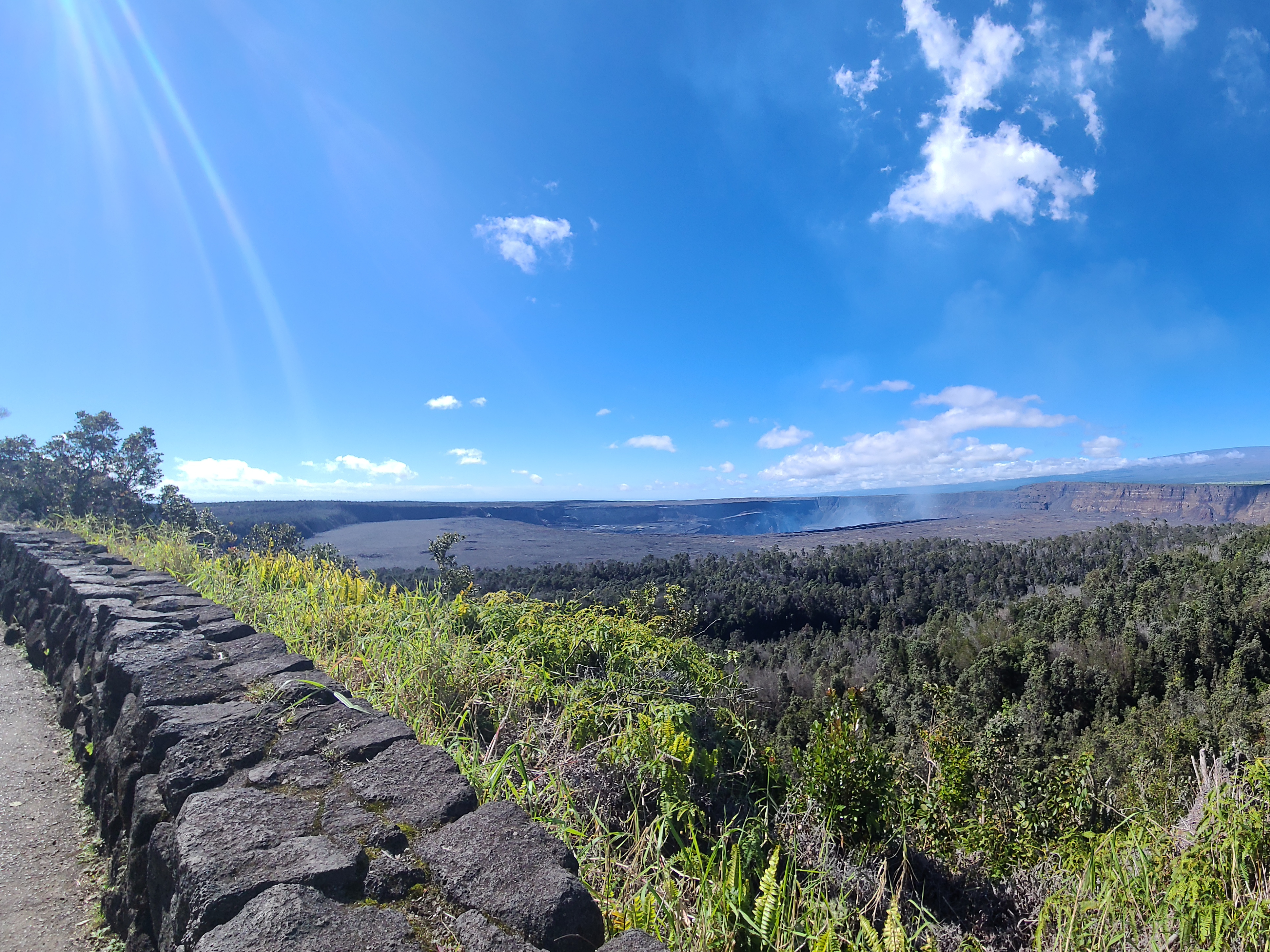
The Halemaʻumaʻu Trail is another great hike that’ll take you down through the rainforest and out onto the surface of the Kīlauea caldera. This short trail begins behind the Volcano House, a great place to get a bite to eat beforehand, and is only about a mile long depending on which route you choose to take. Many of the trails at Hawai’i Volcanoes National Park connect and can be strung along into one large hike, so keep an eye on the maps and pick the best route for your adventure taste.
4. Chain of Craters Road (Sea Arch)

If all you have time to do is make a quick drive through, the Chain of Craters Road is the best way to see a lot in a short period of time. This road is about 18.8 miles long one-way — the road is an out-and-back style trip, so plan to leave a few stops along the way for the ride back out. But don’t miss out on the Hōlei Sea Arch at the end of the road. Park your vehicle and walk over to the lookout and check out the natural sea arch on the right side of the cliff face. This arch is naturally formed by the way the waves erode the rock. It is quite a rare and unique sight to see.
5. View the eruption

If you are traveling to Hawai’i Volcanoes National Park in 2022, check to see if Kīlauea is currently erupting. Kīlauea Volcano began its most recent eruption on September 29th, 2021, and is currently still erupting at the time of this post. If you’re lucky enough to be there during an eruption, it’s a sight you absolutely won’t want to miss. There are a few designated viewing around the park, but the closest area is at an overlook near Keanakākoʻi Crater. This overlook gets you a half mile away from the eruption, where you can see the lava spitting from the ddd. However, keep in mind that this will also be the busiest location. If you’re willing to stay up a bit past your bed time, you can view the eruption later at night without the hassle of crowds. Plus, viewing is better at night anyway. The park is open 24 hours a day, 365 days a year — yes including holidays. You’ll want to park at the Devastation Trail parking area, then you have to walk a mile down Old Crater Rim Drive. Bring a headlamp because it is pitch black and the ground isn’t always even. The viewing area will be clearly marked off the righthand side of the road, you’ll know where to turn because there are Do Not Enter barriers cutting off the rest of Old Crater Rim Drive. The road was destroyed in a past eruption and now has gaping cracks that plummet down farther than your flashlight can illuminate. Don’t test your limits on this one. For more updated info, check out the National Park Service page: https://www.nps.gov/havo/planyourvisit/eruption-viewing.htm
6. Nāhuku (Thurston Lava Tube)

Deep below the surface of the Earth, rivers of lava carve large tributaries that supply the flow during an eruption. After years of erosion, these tubes may find their way to daylight, such as the Thurston Lava Tube in Hawai’i Volcanoes National Park. This 500-year old lava tube has it’s own limited parking area, or you can include it on a longer hike such as part of the Devastation Trail or Kilauea Iki Trail. The tube itself probably only takes a minute or so to walk through — it’s large but not long. While the tube might not be all that exciting at surface level, the geological significance made it a rather cool feature that I think is worth the brief stop.
7. Volcano Art Gallery
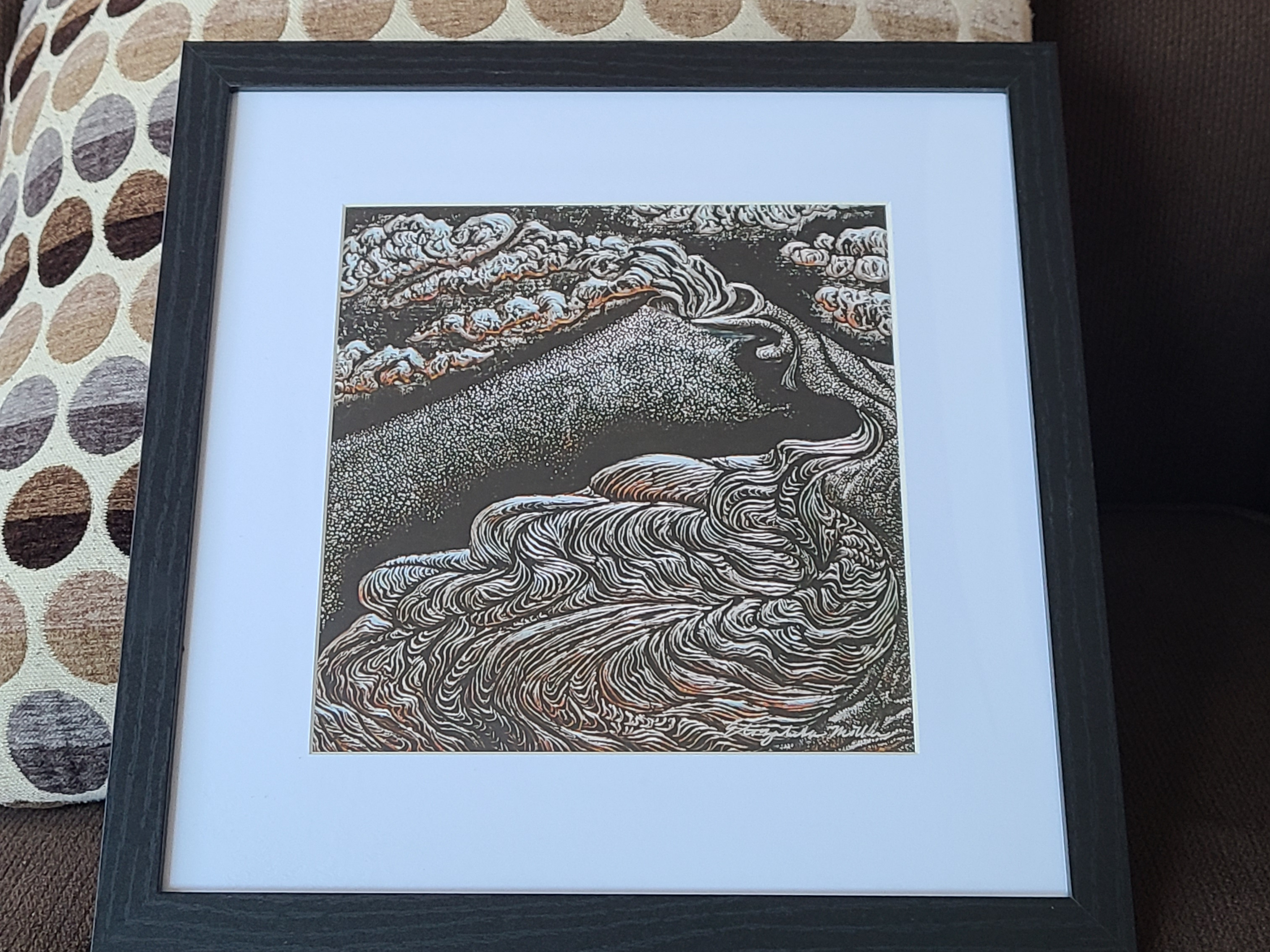
Personally, I am a souvenir collector, and I specifically like to collect art while on my travels because art has a different way of speaking than photographs. I find it fascinating to see the park and what it means to someone else through their creative eye, but also finding that connection with the art itself and the way the park has spoke to me. For these reasons, the Volcano Art Center did not disappoint. They have paintings, postcards, screen prints, jewelry, photographs, sculptures and all the types of art you could want. We spent at least an hour observing each piece intensely. I fell in love with a screen print of a metal carving of the erupting volcano, while Ethan took home a wooden carving of the Big Island — both of which were incredibly affordable, high quality souvenirs. Located right by the Visitor Center, this is an easy stop to make.
8. Volcano House
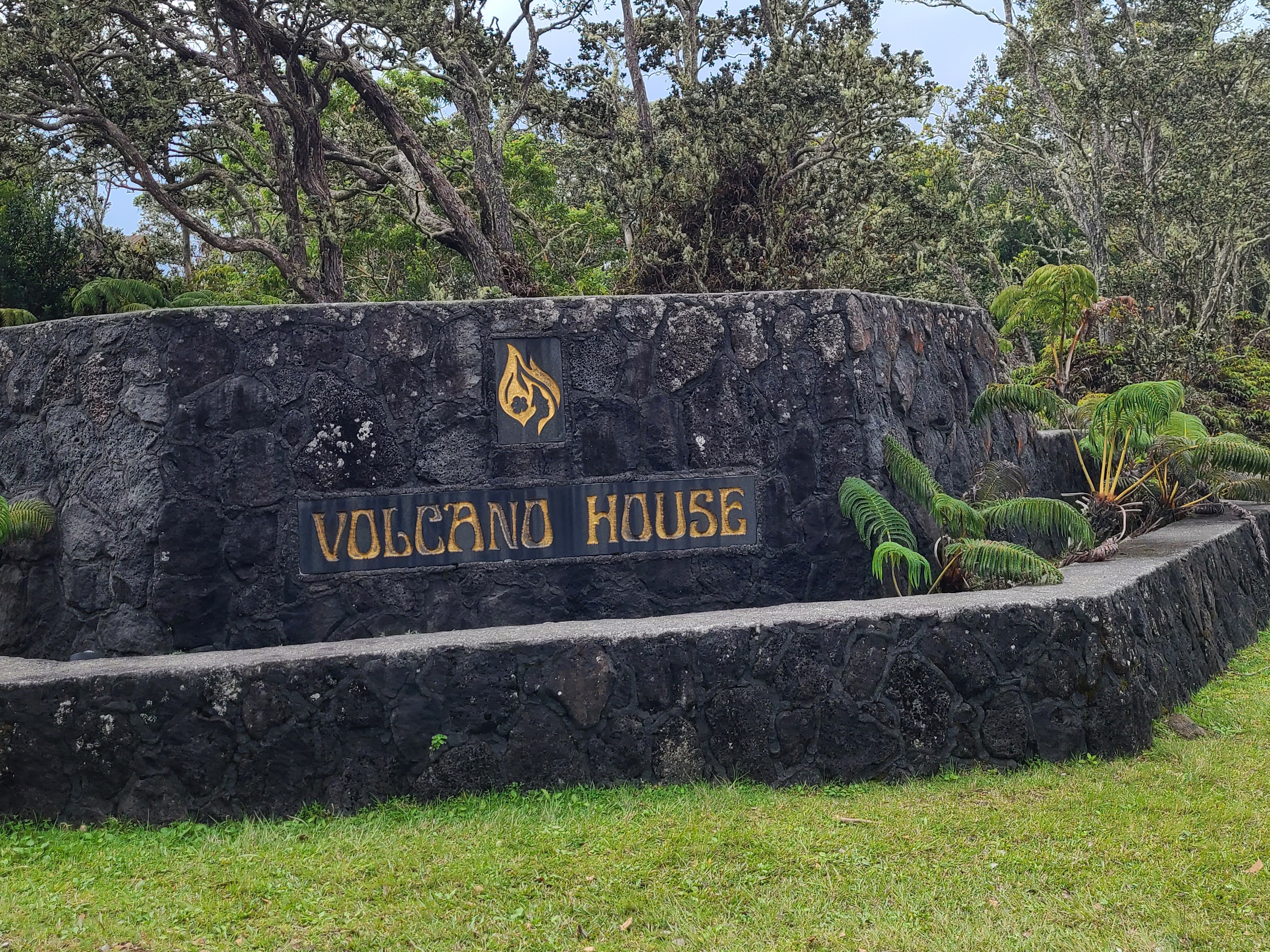
If you’re looking for a bite to eat, there’s no better spot in the park than Volcano House (granted, the options are fairly limited, but this is still a high quality stop). With a large window over looking the Halemaʻumaʻu crater, you can eat your traditional Hawaiian cuisine with a view no McDonald’s could ever offer. I enjoyed the classic Kalua pork with some POG juice (passion fruit, orange and guava juice), and couldn’t have been happier. The atmosphere is high class, but we were welcomed in our hiking garb all the same. There are also rooms available at Volcano House, which might not be a bad idea if you plan to spend more than a few days and early mornings here. Think of it like the Grand Canyon Village of Hawaii.
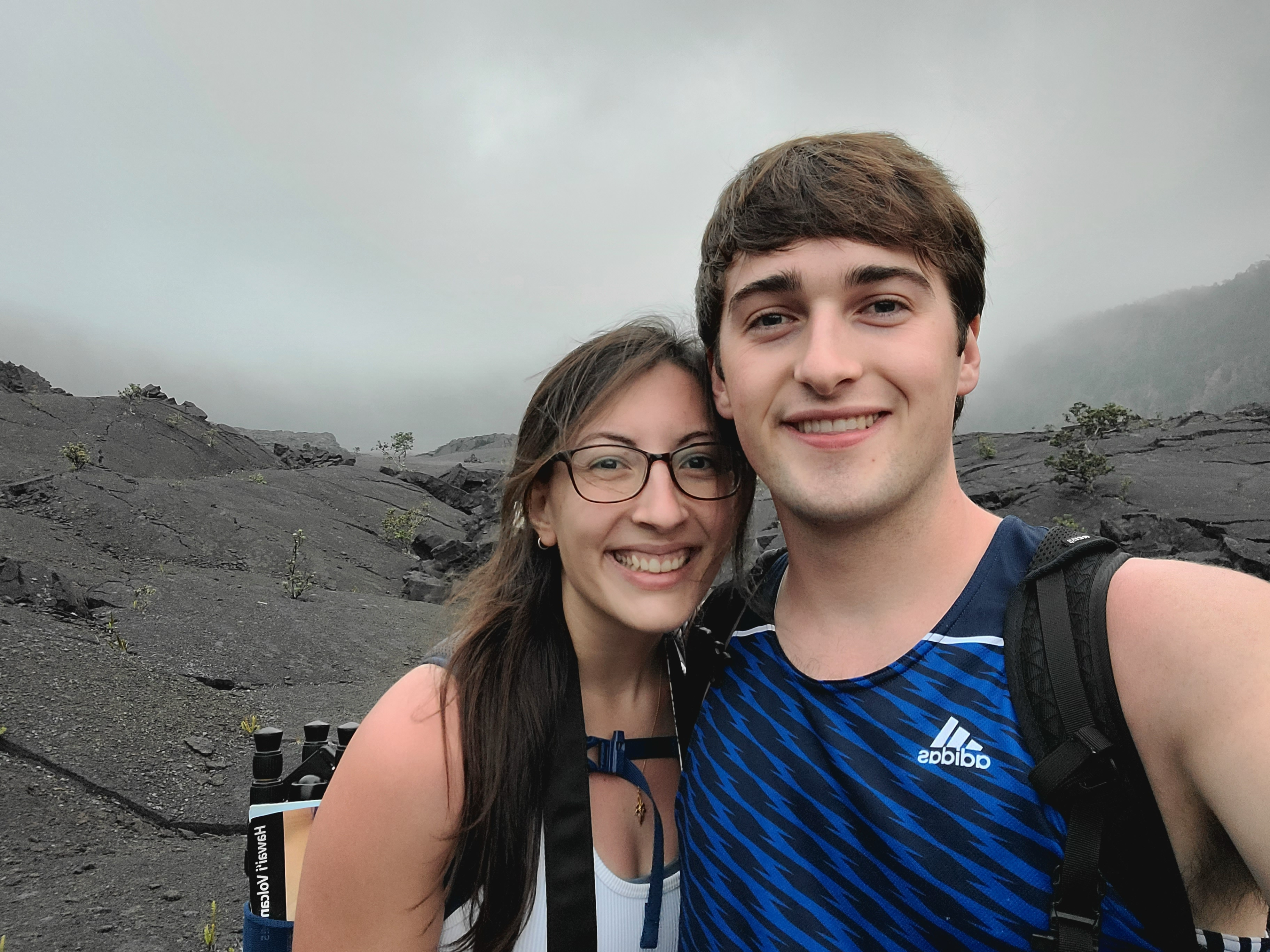
Hawai’i Volcanoes National Park is a park that is beautiful no matter how you take it in. Enjoy the views from the comfort of your dining chair or get right down into the crater, the adventure is yours to have! There are far too many great things to experience at this national park that would have left me writing a book instead of a blog, so adventure your own way and don’t be afraid to try something new.


